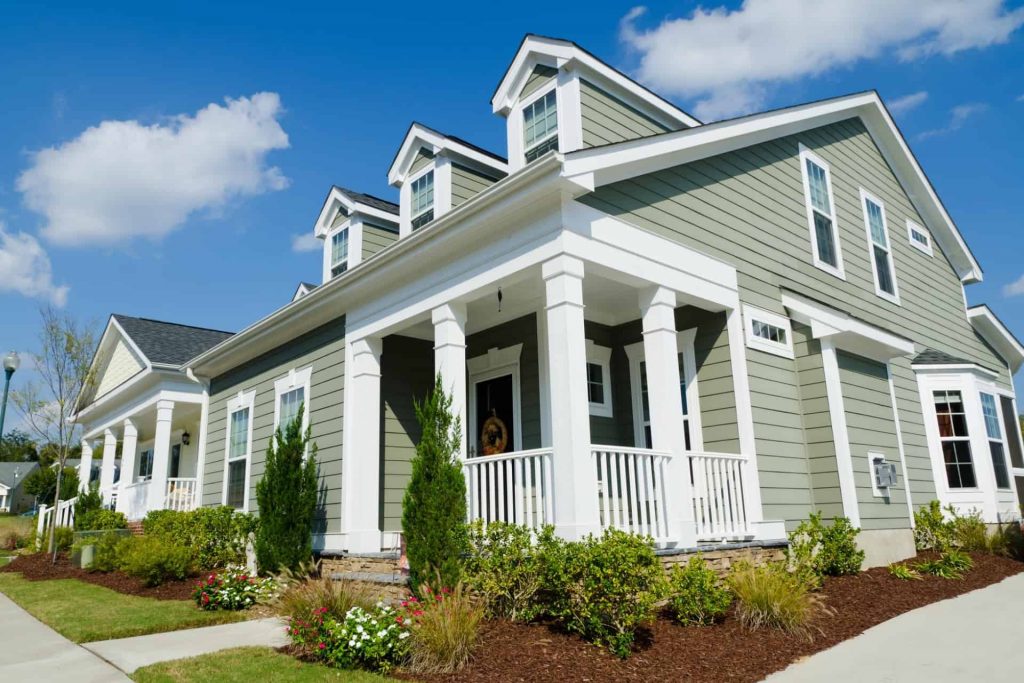
Gutters may seem like a mundane aspect of a building’s architecture, but they actually serve a crucial role in protecting the structure from damage caused by water. Gutters are designed to collect rainwater that falls on the roof of a building and divert it away from the foundation and walls. Without gutters, water can seep into the foundation of a building, causing cracks and instability. Additionally, water running down the sides of a building can erode the soil around the foundation, leading to further damage.
There are several types of gutters available, including aluminum, copper, and vinyl. Each material has its own set of advantages and disadvantages. Aluminum gutters are lightweight and easy to install, but they can dent easily and may not hold up well in areas with severe weather conditions. Copper gutters are more durable and have a distinctive aesthetic appeal, but they are also more expensive. Vinyl gutters are a popular choice for homeowners due to their affordability and low maintenance requirements, but they may not be as strong as metal gutters.
Proper gutter maintenance is essential for ensuring that they function effectively. Gutters can become clogged with debris such as leaves, twigs, and dirt, which can prevent water from flowing freely. Regular cleaning of gutters is necessary to prevent blockages and ensure that water is properly redirected away from the building. In addition to cleaning, gutters should be inspected periodically for leaks, loose or damaged sections, and proper alignment.
In recent years, advancements in gutter technology have led to the development of gutter guards, which are designed to prevent debris from entering the gutter system. Gutter guards can help reduce the frequency of gutter cleaning and extend the lifespan of the gutters. However, it is important to choose the right type of gutter guard for the specific needs of a building, as not all gutter guards are equally effective.
In conclusion, gutters play a vital role in protecting buildings from water damage and should not be overlooked in the design and maintenance of a structure. Proper installation, material selection, and maintenance are key factors in ensuring that gutters function effectively. As technology continues to advance, new innovations in gutter systems may further enhance their ability to protect buildings from the harmful effects of water. By understanding the importance of gutters and taking the necessary steps to care for them, homeowners and building owners can preserve the integrity of their properties for years to come.



You must be logged in to post a comment.